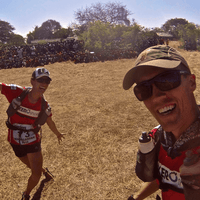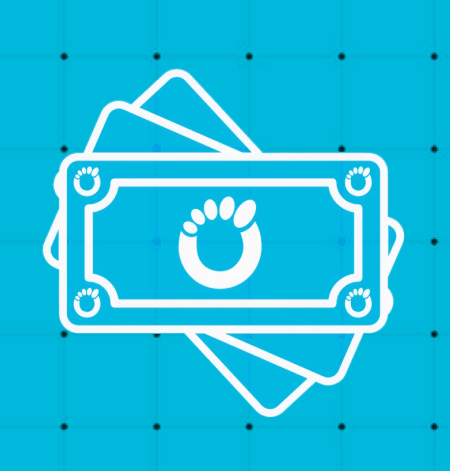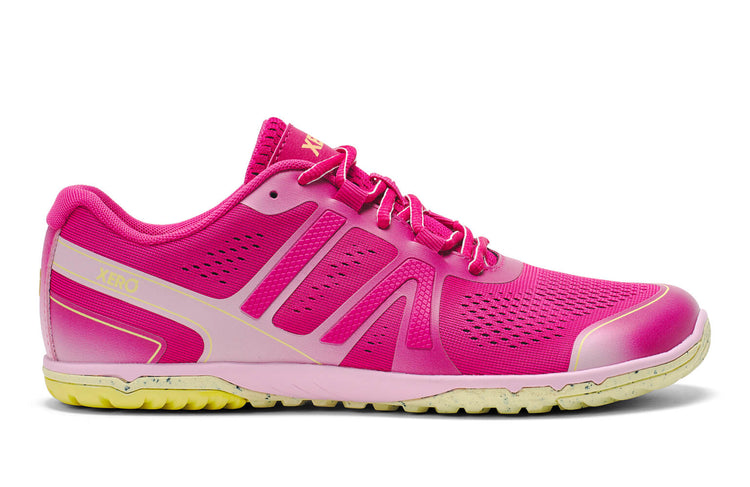
An Easy Running Program for Beginners
When I tell people that I love distance running, I often get reprimanded. “You’re going to blow out your knees,” people warn me.
I don’t know if they genuinely think they are going to save me from the perils of ACL surgery or if people just like to get on a soapbox, but it’s getting old.
Distance running is not inherently bad. When injuries occur, it is usually due to improper training and/or poor technique. If you take good care of your body and you know how to safely progress, there shouldn’t be an issue.
Too many people get it in their head that they want to run a marathon, but they can barely even run a mile. If you don’t build up to longer distances gradually, you are setting yourself up for overuse injuries. In general, the rule is to increase your total mileage by no more than ten percent each week.
In the beginning, I suggest you start out by alternating between short intervals of running and walking. You don’t need to follow a strict protocol, just run at a steady pace for as long as you can (which might be anywhere from 30 seconds to several minutes). Then when you need to, take a break and walk until you catch your breath. Repeat this process for 20 or 30 minutes, then stretch out and call it a day.
 Al and Grace Kavadlo running up a storm!
Al and Grace Kavadlo running up a storm!
In time, your walk breaks will get shorter until you can eventually run for 30 minutes or longer without a break. Once you can do that, you can start going for longer distances, or try alternating between jogging and sprinting for your interval training.
If you want to do a Marathon or Half-Marathon, be smart about it – you’re going to need to run at a substantially slower pace and gradually build up your mileage.
This type of running is usually referred to as long slow distance or “LSD” running. Anyone who’d want to run a Marathon must be tripping, right?
LSD running is slow enough that you can maintain a conversation while running, so feel free to invite a workout partner. Take your time on LSD runs, it should feel almost like how walking feels to a non-runner.
Going from being a non-runner to completing a marathon can be a journey of years. There is no rush. Just enjoy the process and take things one step at a time.
–Al Kavadlo The content of this post does not constitute and is not intended to be a substitute for professional medical advice, diagnosis or treatment. Always seek the advice of a physician or other qualified health provider with any questions or concerns you may have about your health or a medical condition.











